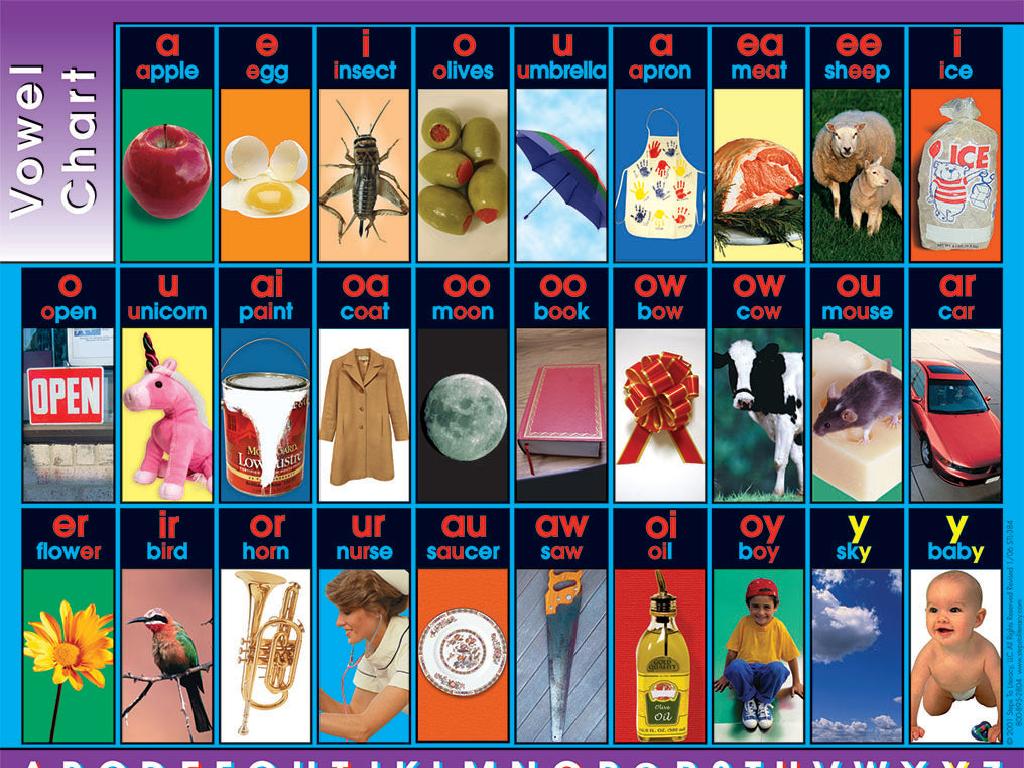Use Regular Plurals With -S, -Es, And -Ies
Subject: Language arts
Grade: Third grade
Topic: Nouns
Please LOG IN to download the presentation. Access is available to registered users only.
View More Content
Today’s Adventure: Plural Nouns!
– Discover what a noun is
– A noun is a person, place, thing, or idea
– Singular vs. Plural Nouns
– Singular means one, plural means more than one
– Adding -s to make plurals
– Most nouns become plural by adding -s, like ‘cats’ from ‘cat’
– When to use -es and -ies
– Use -es for words ending in -sh, -ch, -x, like ‘boxes’ from ‘box’, and -ies for words ending in -y, like ‘bunnies’ from ‘bunny’
|
This slide introduces the concept of nouns and their plural forms to third-grade students. Begin by explaining that a noun represents a person, place, thing, or idea. Then, differentiate between singular and plural nouns, emphasizing that singular refers to one item while plural refers to more than one. Teach the general rule of adding -s to make most nouns plural. For nouns ending in -sh, -ch, or -x, explain that -es is added to form the plural. Lastly, discuss how nouns ending in -y change to -ies in the plural form. Provide examples for each case and encourage students to come up with their own examples as well. This foundational knowledge will help them understand how to use regular plurals correctly in their writing and speech.
Plural Nouns: -s, -es, and -ies
– What are plural nouns?
– Plural nouns mean more than one item, like ‘cats’ for many ‘cat’.
– Adding -s to make plurals
– Most nouns just add -s, like ‘books’ for more than one ‘book’.
– When to add -es
– Add -es for words ending in s, x, z, ch, sh, like ‘boxes’.
– Changing y to i and adding -es
– For words ending in y, change y to i and add -es, like ‘bunnies’ from ‘bunny’.
|
This slide introduces the concept of plural nouns to third graders. Start by explaining that a plural noun represents more than one of something. Use tangible examples like ‘apple’ to illustrate the point. Then, guide the students through the rules for adding -s, -es, and changing y to i and adding -es to form plurals. Provide examples for each rule and practice pronouncing them together. Encourage students to come up with their own examples and correct each other in a fun, interactive way. This will help them understand and remember the rules for forming regular plurals.
Making Nouns Plural with -s
– Add -s for most plurals
– Example: cat -> cats
– Singular becomes plural by adding -s
– Class activity: Find examples
– Together, we’ll discover more words that follow this rule
|
This slide introduces the basic concept of forming plural nouns by adding -s. Start by explaining that in many cases, a singular noun can be made plural simply by tacking on an -s at the end. Use ‘cat’ as a clear example, showing that ‘cat’ becomes ‘cats’ when there is more than one. For the class activity, encourage students to look around the classroom or think about items at home that follow this rule and write them down. This will help reinforce the concept and allow for practice. Possible activities could include a scavenger hunt for plural objects, a word matching game, or creating a classroom plural noun wall where students can add new words they find.
Plural Nouns: Adding -es
– Add -es to words ending in ch, sh, s, x, z
– Example: bus becomes buses
Other examples: church to churches, fox to foxes
– Discover words ending with ch, sh, s, x, z
Think of words like dish, box, and class
– Practice making these words plural
Try changing watch, brush, and glass to plural
|
This slide introduces the rule for forming plurals by adding -es to words that end in ch, sh, s, x, or z. Start by explaining the rule and providing the example with ‘bus’ to ‘buses’. Ask students to brainstorm other words that follow this pattern and write them on the board. Encourage them to come up with their own examples and practice converting them to their plural forms. This activity will help reinforce the rule and improve their spelling skills. Make sure to correct any misconceptions and provide positive feedback for correct answers.
Plural Nouns: Changing y to -ies
– When y follows a consonant, change y to -ies
– Remember: only if a consonant is before the y!
– Example: baby becomes babies
– Like party to parties, and puppy to puppies
– Let’s practice changing words
– We’ll do this together as a class activity
|
This slide introduces the rule for changing singular nouns ending in a consonant followed by ‘y’ to their plural form. Emphasize the importance of the preceding consonant before the ‘y’. Use clear examples like ‘baby’ to ‘babies’ to illustrate the rule. During the class activity, guide the students through several examples, allowing them to discover the pattern and apply the rule themselves. Encourage them to think of other words that fit this rule and to share them with the class. This interactive approach helps reinforce their understanding of regular plural forms in a fun and engaging way.
Noun Plurals: Exceptions to the Rules
– Some plurals are irregular
– ‘child’ becomes ‘children’
– Not ‘childs’ but ‘children’
– ‘mouse’ turns into ‘mice’
– Not ‘mouses’ but ‘mice’
– Let’s find more exceptions!
– Can you think of any others?
|
This slide introduces students to irregular plural forms, which are exceptions to the standard -s, -es, and -ies rules. Start by explaining that while many words follow a pattern to become plural, some words do not and they have unique plural forms. Use ‘child’ and ‘mouse’ as clear examples to show how the words change completely when pluralized. Encourage students to think of other examples and share them with the class. This will help them understand that language can have special cases and they need to memorize these exceptions. Prepare to discuss other irregular plurals such as ‘man’ to ‘men’, ‘woman’ to ‘women’, ‘tooth’ to ‘teeth’, and ‘foot’ to ‘feet’.
Class Activity: Plural Scavenger Hunt
– Find classroom objects for plurals
– Write plural forms with -s, -es, -ies
– Examples: ‘box’ becomes ‘boxes’, ‘baby’ becomes ‘babies’
– Work in pairs to make a list
– Share your plural list with the class
|
This activity is designed to help students understand and practice forming regular plurals. Have the students move around the classroom to identify objects they can pluralize. Encourage them to work in pairs to foster collaboration. They should write down the singular and plural forms of the objects they find, paying attention to the correct use of -s, -es, and -ies endings. After the activity, each pair will share their list with the class, which will reinforce their learning and provide an opportunity for peer feedback. Possible variations of the activity could include finding objects in a book, using pictures, or even bringing items from home.
Mastering Plurals: Conclusion
– Celebrate learning plurals!
– Recall the rules for -s, -es, -ies
– Add -s to most words, -es for ‘ch’, ‘sh’, ‘x’, ‘s’, -ies for words ending in ‘y’
– Keep practicing plurals
– Find objects around you and think of their plurals
– You’re becoming plural pros!
|
Well done on completing the lesson on plurals! It’s important for the students to remember the key rules for creating regular plurals: most nouns just need an -s, but if a noun ends in ‘ch’, ‘sh’, ‘x’, or ‘s’, we add -es. For nouns ending in ‘y’, we replace the ‘y’ with -ies. Encourage the students to practice by looking for objects in their daily lives and thinking about how to make them plural. This will help reinforce their understanding and make them more comfortable with regular plurals. Keep celebrating their progress to maintain their enthusiasm for learning.






